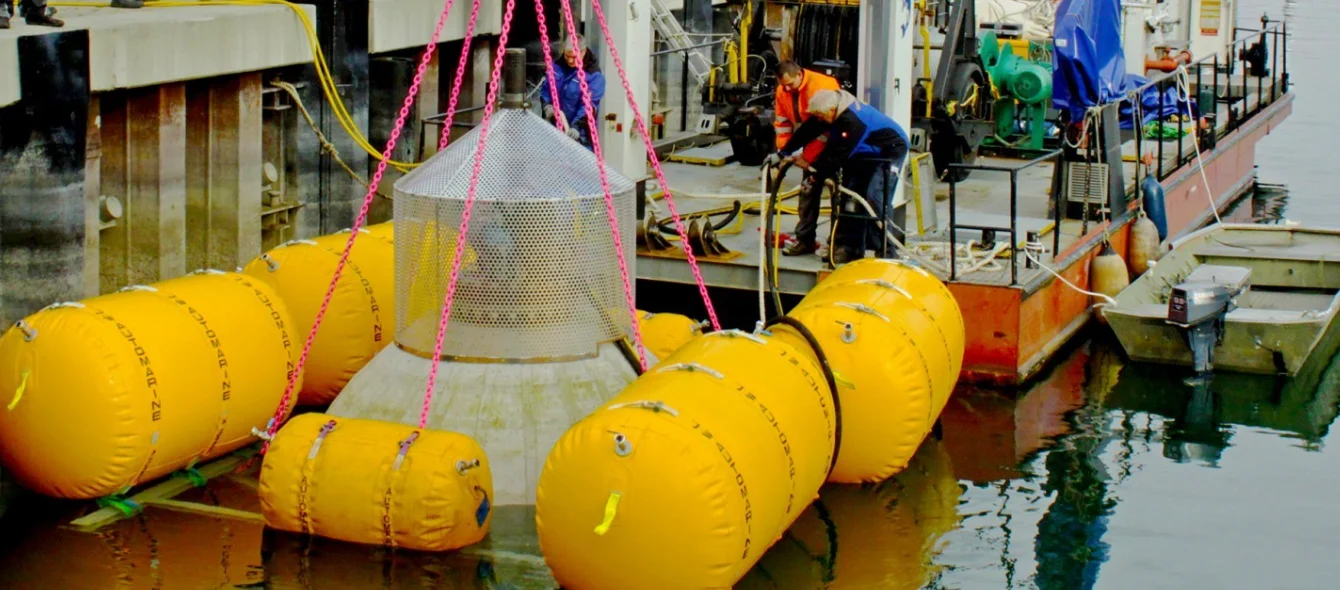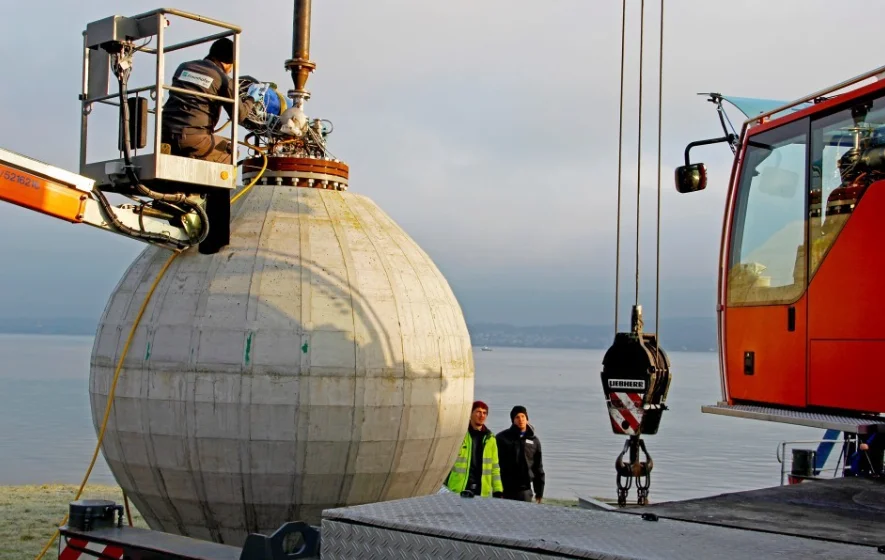Wind and solar energy are two key pillars of the energy transition. With the exception of hydro power, according to the BP Energy Report, around 75 percent of renewable energy in 2019 was generated with the help of these two energy sources – in Germany, Europe and globally. In some countries, there have even been hours in which these energy sources have accounted for 100 percent of local electricity supply. This is in stark contrast, however, to windless nights on which at best there is a modicum of power from offshore stations. The issue will remain a sticking point, irrespective of wind and solar capacity.
Until now, emphasis has been placed on conventional power stations to bridge these gaps. Yet the more the energy transition progresses and the more renewable capacities are expanded, the more important it will become dissociate the time of renewable power consumption from its generation. Pumped-storage power plants are the only solution to date that make this possible at scale. In fact, according to the Energy Storage Monitor of the World Energy Council, they make up more than 95 percent of the world’s storage capacity. And yet their potential is limited, as the stations rely on certain topographical prerequisites – and the best locations are already taken.
Researchers at the Fraunhofer Institute for Energy Economics and Energy System Technology (IEE), however, want to address this obstacle – with a pumped-storage power plant solution in the form of hollow concrete spheres on the ocean floor. Whenever wind and solar energy produce a surplus of electricity, it is used to drive a pump at the top of the sphere, which forces the water out of it. When surplus electricity is then called for, the water flows back into the sphere, the pump turns into a turbine, and the motor becomes a generator.
Spheres – 30 metres in diameter
This type of storage facility should be able to supply around five megawatts (MW) of power, i.e. the equivalent of an average offshore wind turbine. Based on the researchers’ calculations, the sphere would have to have a diameter of around 30 metres and be located at a depth of 600 to 800 metres. “Under these conditions,” explains Matthias Puchta, Head of the StEnSEA (Stored Energy in the Sea) project, “these pumped-storage power plants would be economically comparable to conventional pumped storage.”
At these depths, one sphere could store around 20 megawatt hours (MWh), so at full capacity that would be enough for four hours’ worth. Therefore, it would take only seven of these spheres to store more energy than the largest battery storage facility in the world. Puchta and his colleagues expect to be able to link 30, 50 or even more of these StEnSEA spheres within one storage system on the ocean floor: “The more storage is installed at a site, the more economical it tends to be to operate.”
Almost unlimited charging cycles
Grid connection, site exploration and production synergies would facilitate economies of scale. The concrete spheres would have to be cast in specially designed dry docks close to site, as these concrete giants, weighing several hundred tonnes apiece, can’t be transported over longer distances. “They’ll probably have to be fitted with floats and towed to their destination,” reveals engineer Puchta. All of this, he points out, is only worthwhile if the order is big enough.
Centralised manufacturing, as is used for battery storage systems, is therefore out of the question. In fact, says Puchta, the two approaches basically can’t really be compared to each other. “At 400-500 euros per kilowatt hour, the investment costs are similar to grid-connected lithium-ion battery systems. That being said, the charging and discharging cycles of the StEnSEA spheres are almost unlimited.” Only the turbines, as well as the control technology, would probably need to be maintained and replaced from time to time. According to the researcher, this means they would have a very similar pricing structure to onshore pumped-storage power plants.
First field trial successful
The researchers even predict that the environmental impact will be lower. The steel and concrete spheres hardly disturb the marine environment: “In our tests, we were able to avoid sucking animals into the system with the help of low water-inlet speed together with very fine-meshed grating. An individual assessment of environmental compatibility will then be necessary for the exact location at sea.”
Indeed, having successfully tested a 1:10 scale model at 100-metres’ depth in Lake Constance, the researchers have already proven that their brainchild isn’t only limited to computer simulations. “Our newly won insights from various measurements have helped us improve our computer models for a real marine pumped-storage power plant,” says Puchta. The researchers learned e.g. that it wasn’t necessary to equalise the pressure through an air hose leading to the water surface when emptying the sphere. That makes installing the system considerably easier, the engineer says: “So the only thing connected to the storage tanks is the cable to the power grid.”
Huge potential worldwide
According to Fraunhofer IEE, there are suitable locations aplenty: “We believe that waters off the coasts of Norway, Spain, the U.S. and Japan, for example – in other words, in relative proximity to densely populated areas – harbour great potential,” says Puchta. Worldwide, the researchers estimate that more than 800 terawatt hours of installed storage capacity could find suitable homes. That’s more than Germany consumes in an entire year, and 80 times the world’s storage requirement by 2040, according to forecasts by the International Energy Agency (IEA).
Plans for the next project phase have already been put into motion together with international partners – subject to appropriate funding. A pumped storage sphere on a scale of 1:3 is to be tested at a depth of around 700 metres with the aim of demonstrating the scalability of the technology under real conditions. The question of when these storage facilities can be operated commercially, says Puchta, depends largely on the political framework conditions for the energy storage market.
As it stands, some depreciated pumped-storage power plants in Germany, for example, can’t even be operated economically. But Puchta is confident that a wind of change is in the air – as demand for storage increases.

